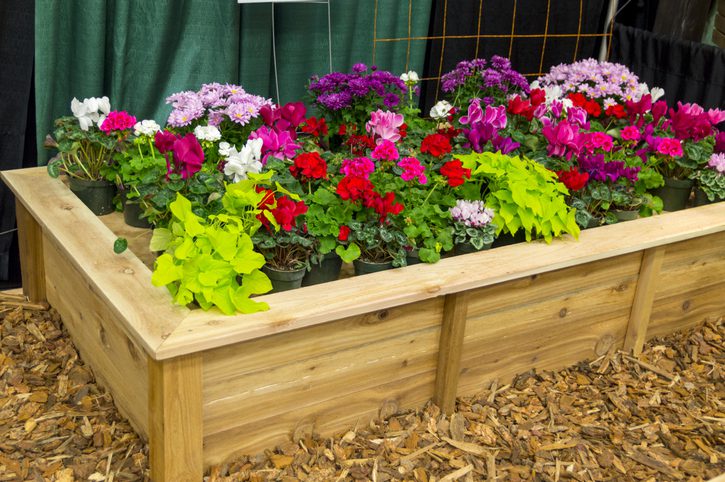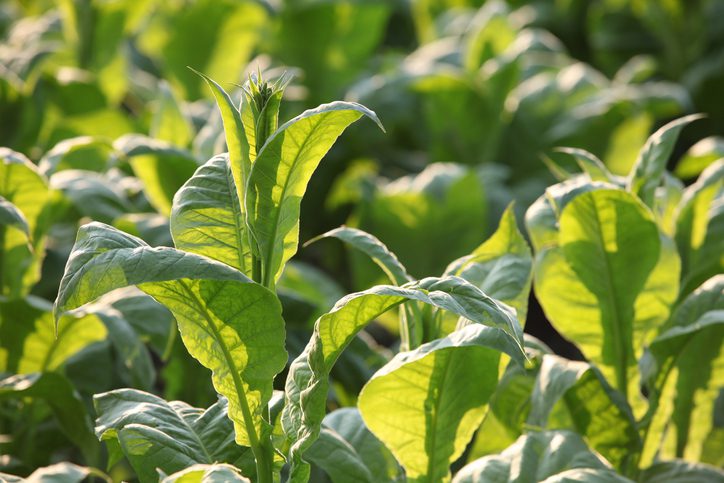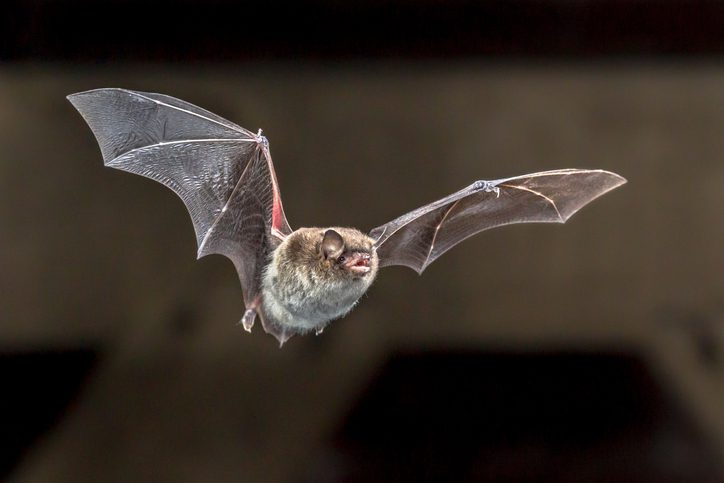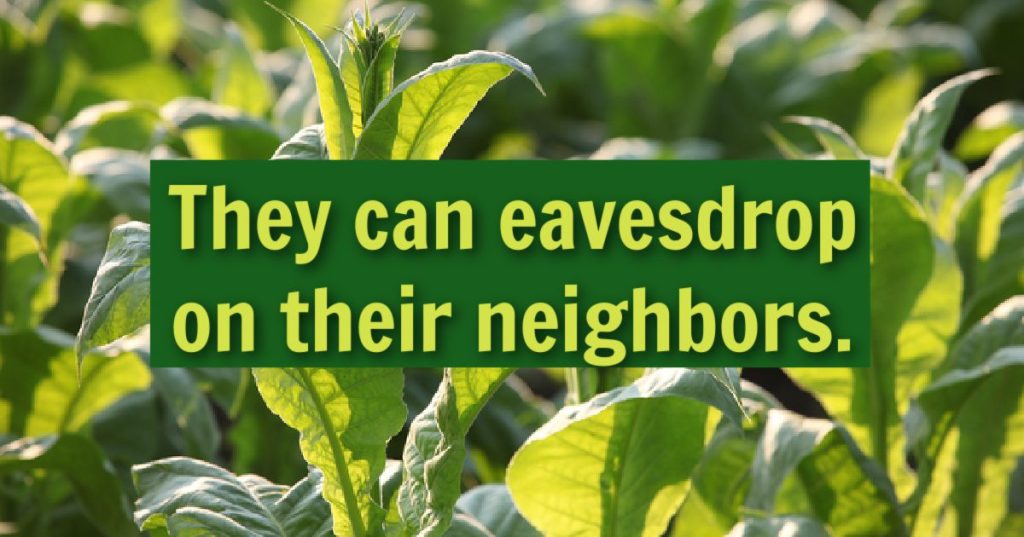Trending Now
We all know that if we have pets, they have their own ways of communicating their wants and needs, even without words – but what about plants?
People who love plants and treat them like pets or kids are also tuned in to what their leafy pals are trying to tell him, but if you’re still learning, here are 5 ways experts say your plants are talking.
5. They can defend their territory.

Image Credit: iStock
They compete with other plants for resources like sunlight, and some plants even go on the offensive. They can have chemicals in their roots that help steal nutrients and kill off competitors in the process.
Others prefer to play defense, secreting an acid that forms a protective barrier against those chemicals.
Pretty wild, but this is just one way that invasive species can win out over native ones in time.
4. They have a distress call.

Image Credit: iStock
If you’re a fan of the smell of freshly mown grass or cut flowers, you might want to skip ahead – that sweet scent is actually a distress call, according to James Cahill, an environmental plant ecologist at the University of Alberta.
“It’s the plant’s way of crying out for help. The scent attracts insects that will eat the pests munching on their plant bodies.”
Tobacco, for instance, recognizes when it’s being eaten by a hornworm caterpillar and emits a call to that caterpillar’s natural enemies.
3. They can recognize their siblings.

Image Credit: iStock
Instead of fighting for resources with plants that are “related” to them, some species will restrain their root growth and the like in order to consider the needs of “sibling” plants as well.
Researchers believe they can recognize these relations via chemical signals.
2. They can eavesdrop.

Image Credit: iStock
They can also eavesdrop using those chemical signals, and can even respond to another plant’s distress by ramping up their own defenses in preparation for an attack.
1. They can communicate with mammals.

Image Credit: iStock
If you don’t think carnivorous plants are cool, what are you even doing here?
According to this study in Current Biology, a native Bornean plant has evolved to hijack bat communication systems, using echolocation to their advantage. They have a concave structure that reflects the sound in order to lure bats in, then bask in the nutrient glow of the guano they leave behind.
I think these seem pretty legit!
Do you love plants? Do you think they let you know what they need? Tell us how in the comments!






